Editor’s Note: Our ancient histories recorded in the Puranas trace back human civilization for millions of years, yet people only want to believe things if they are written in English books by westerners, who’s main motive is to declare their own religion as being the origin and source of humanity.
The fact is there are thousands of such undiscovered archaeological sites in India, which remain hidden because there is little interest in such research by the government, and because there are tens of millions of people still living on top of such places as Delhi (which was Hastinapur in ancient times).
Where as other cities rose and fall with the passing of time, many ancient cities in India such as Delhi, Varanasa, Ayodhya, etc., continue to be heavily populated, making such research nearly impossible. Others have entered into the sea, such as Dwaraka and Mahabalipuram, making research difficult. Still other sites are located in Pakistan, and the government there does not want to research them to prove the antiquity of Hindu civilization.
What is being found is really only the tip of the iceberg. If we want to locate such ancient sites of human civilization, we need only to turn to the Puranas and we can map out the entire history of the ancient world and the population centers of the ancient times.
[wp_ad_camp_1]
With structure after structure surfacing from under the soil, the massive scale of an ancient urban centre that lies buried at Pallisanthai Thidal in Sivaganga district of Tamil Nadu is emerging.
The second phase of the work undertaken by excavation branch VI, Bangalore, of the Archaeological Survey of India suggests that the settlement at Keeladi village could be as large as the ones in Harappa and Mohenjo Daro. The excavations reveal a well-built urban centre with many amenities.
After exploration works on the Vaigai riverbed in 2013-14, the office of the superintending archaeologist, excavation branch VI in Bangalore, shortlisted Keeladi village for excavation. The first phase of the study carried out in 2015 unearthed various antiquities, iron implements and earthenware, both foreign and locally made. The pot shreds of Arretine dating back to 3 BC proved foreign trade existed in the region during the period.
As t he phase I study concluded that this was an ancient urban habitation site, the ASI went for the next phase of excavation at Keeladi. According to archaeologists working at the site, the results of phase II in 53 excavation trenches are overwhelming. “, The mound where we are excavating is of 3.5 km circumference in 80 acres of private agricultural land. We are finding structure after structure of the habitation site, the first of its kind in Tamil Nadu. It could be a huge urban settlement of independent civilisation on the banks of the Vaigai,” said K Amarnath Ramakrishna, superintending archaeologist.
The current excavation works will go on till September this year. The excavation is lending much credence to the narrative in Sangam literature that throws light on the ancient Tamil way of life. The literature speaks volumes about the public and personal lives of rulers and the people of Tamil Nadu some 2000 or more years ago. However, there had been no solid evidence in archaeology to support the Sangam way of life.
Madurai Kanchi, Nedunalvadai and Paripadal in the literature speak about the Madurai and Pandya kingdoms in the region. “These books talk about the personal lives of kings and queens, their palaces and their way of life. But we could not know exactly where the city mentioned in these texts existed,” says Vedachalam.


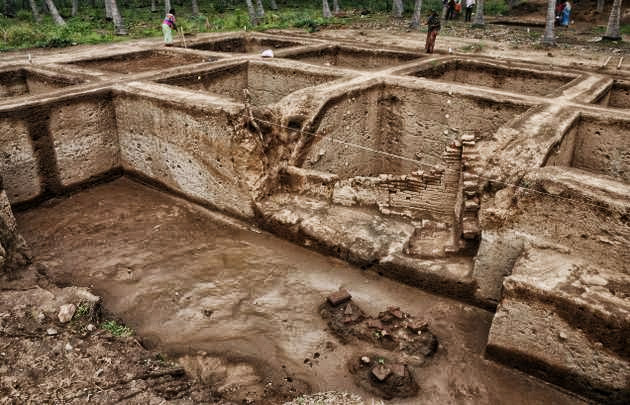
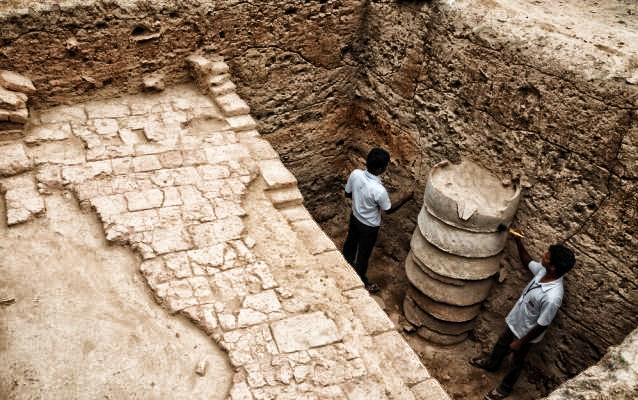
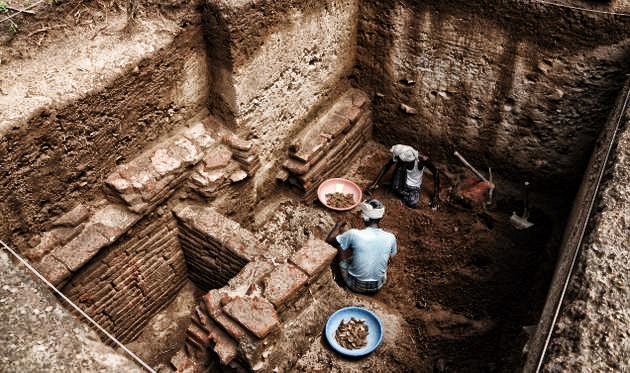
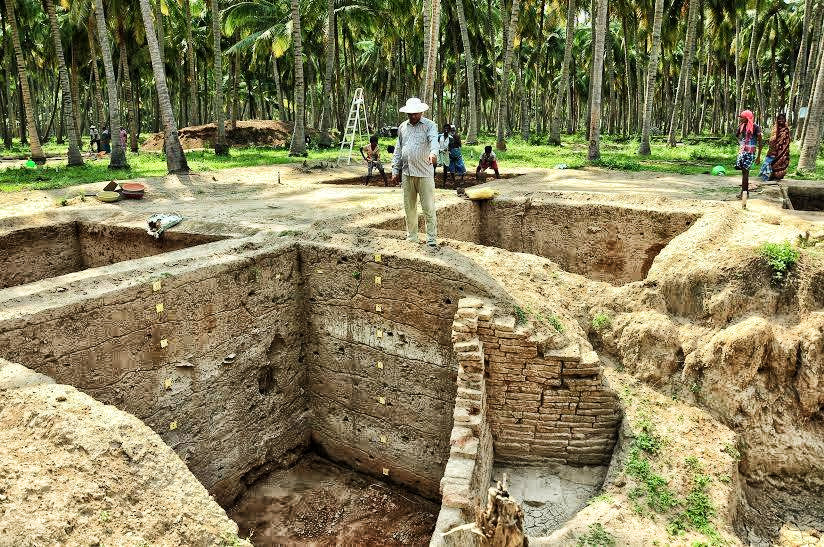
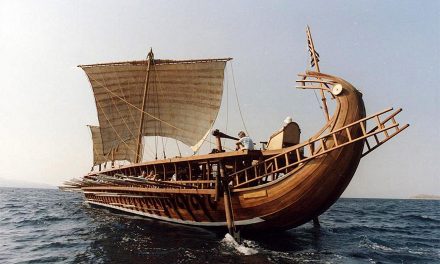
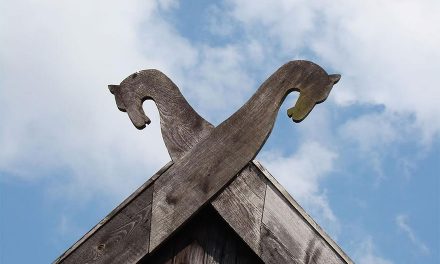

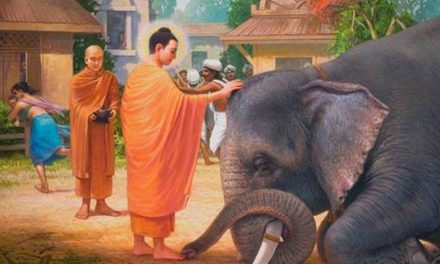









Let us not dispute how long for now. Please applause the find so we can encourage the Proffessionals to continue there search. It is true that via Vedic Knowledge the findings will be made easier. Bharat MATA Ki JAI!!!
Where can I precisely find the ancient Indian history in a definite chronological order which is proved by modern techniques like carbon dating ?
Is Greek,Persian & Chinese contempary history matching ancient Indian history available ?
Dear India Divine
What is your opinion of the possibility of human extinction in the face of climate change and the impacts that would have on the cosmic order?
If the earth is subject to nuclear and other forms of warfare, and if there is an endgame scenario being played out by malefic forces currently, resulting in an end to the planet itself, what are the risks for human soul evolution? Without planet earth, how can souls develop their good karmas? Would souls be at risk of not being able to evolve out of hell realms due to a lack of location for billions of souls to work out their karmas?
Is it possible that demonic forces are currently at work to deny all that is Hindu so that people will have no recourse to escape hell realms due to a lack of faith an mantra recitation?
What is said of this in the scriptures- the current dark time of the Kaliyuga?
Marvellous! Inspirational!
We look for books by westerners since they are the only books available in English for example Hindus by Doniger In search by Michael Wood. Our writers only write novels to make money and are not inierestedinresearch
One of my missions in this life is to travel to India, I truly believe that India and Hinduism has not been given the recognition that it deserves, based on the ancient scriptures they are the most accurate .
Great HINDURASHTRA.
Yes.. it is just the “Tip of Iceberg”..
I won’t be surprised if even relics of “Vimanas” (Flying Saucers) & Nuclear Weapons are found!.
I always been in believe that indian Myths are not just stories but of real happenings!.
Let the whole world accept that westerners never invented anything but Merely “Discovering” What our ancestors “Invented”..
Religion is man-made
Peace !
A day will come when the world will realise the real greatness of our ancestors culture and knowledge
Thankyou for your judicious devotion to ancient india and presenting us with such yummy information.
Thank you for the information, I truly believe that lot of history is being suppressed by modern civilization mostly because todays generation want to prove they are more superior that those existed, civilization in past were more advanced than what we can think. Lot of information is sitting in PURANAS, but for some it has become a kind of story telling, and some harld believe in those days, this world is quickly separating from what it was before. May be one day all will realize and hug the past. Vinaka
It is unfortunate that the Shroutha (Heard) Smartha (Remembered) Brahmin Ithihasa (History) together with the laws were debunked by the British and their native stooges and, thereafter, eradicated in the Cultural Genocide of the People of Dharma carried out by the Indian Republic.
The British and their native stooges encouraged Puranas (Mythology) as this tended to be harmless and self confusing, resuscitating the politics of the Post Kurukshetra War that begat them during the Atharva Veda period. These are largely stories concocted to weave together the various Mesopotamian faiths of Vaishnavism, Shaivism and Shakthaism with the self vanquished Aryan Brahmanism while struggling to establish the superiority of one religion over another. The Puranas were later used by mothers and grandmothers as bed time stories before the children left home, at the age of 7 or 9 to the Gurukulas.
During the next great wave of Brahmin eradication carried out by Ashoka, the Temples and Gurukulas were all destroyed, leaving just the Puranas behind.
Adi Shankaracharya reintegrated India,and the various different religions under Brahmin Law and resurrected the Vedas, the Samhithas, the Upanishads and breathed fresh life into the Guru Kula and congregational Temple Welfare system.
This was severely damaged by the Moslems. Enjoyed a brief resurgence under the Vijayanagar Empire, the Sikhs and the Marathas until, the British, convinced by the Moslems that the Brahmins were behind the Sepoy Mutiny began the extermination of Brahmins and Brahminism as the single greatest threat to foreign domination and alien religions.
This was executed to perfection by the PANGOLIN* British stooges.
*Note: PANGOLIN: An enemy of India who believes in inequality under law, exceptions to the rule of law and persecution of some for the benefit of others. At present, the sole purpose of the Indian Republic, Constitutional or otherwise, is to pamper and provide for certain constitutionally preferred sections of society who the British found useful to hold and exploit India at the cost of those who the British hated and persecuted. The Pangolin is a creature that is unique to India and feeds on ants that are known in nature to be industrious and hard working if not quite as fruitful as bees who flee to better climes. (PANGOLIN is an acronym for the Periyar-Ambedkar-Nehru-Gandhi-Other (alien) Religions-Communist Consensus that usurped the British Mantle and has worn it with elan to loot, plunder, and rape India since 1921 and re write History and laws to their exclusive benefit since 1947)
Excellent.Let the essence of these be included in our school textbooks.This will defeat many divisive forces working in our nation.
The glories of ancient Indian civilization tend to expose latter religions as mere upstarts.
Yes indeed we are facing four main problems
1= Westerners who want to write history in their own ways for political and ideological reasons.
2 = The same happening with indian nationalists.
3 = Lack of funds for archeology (kâs iley sir) if it is not for politically important projects.
4 = Humans believing 10000 years is a long time.
In digging the ground we will find so many things. Will it be to discover our past or to secure our present. Is it archeology or psychology. How many museums and digging space do we need ?
There are such characters going to come to form Hindu civilization throughout the world by 2026.Their names are indicated by Nostradamus. ‘Cheren,selyen,mabus will start from India by 2017………
we should find an Indian method to study our heritage. then only we can highlight our heritage . we should not blindly follow western concepts to study Indian heritage by using western terminology.this kind of study prove that we far head of the westerners
It is high time that the Hindu Middle Class, the Elite of this country, the Left “Secular Liberals” understood the real import of the glorious ancient traditions of Vedic Religions and instead of trying to denigrate them, for their own narrow political vote bank politics reasons make a serious attempt to study and imbibe this glorious way of life. The government needs to spend much more to bring to light ancient Indian culture.
The Archeological Survey of India should produce an illustrated book on history of India based on its own findings. Inferences drawn regarding the progress of our own scientific development will be additional valuable information. Cross references to puranic stories may also be corroborated. Such aa book will help us to understand the real history.
It is wonderful. Our ancient civilisation
Anybody would like to study the Indian culture and study then we are interested to give all possible support..if any body interested pls contact us
Anil Shah
We need to Bring the truth clear and do more findings on this subject
It is now our turn to bring Facts to uplift our life and culture using old Technology for Mankind
Anil Shah, I am a western-born Vaisnava researcher. I intend to produce a documentary on the REAL history of mankind – based on archaeological discoveries like this, WITH the records of the Puranas, and other “mythological” histories of all ancient peoples. Any support would be appreciated. Contact me via my ‘Soolaba’ Youtube channel. Bharat MATA Ki JAI!!!